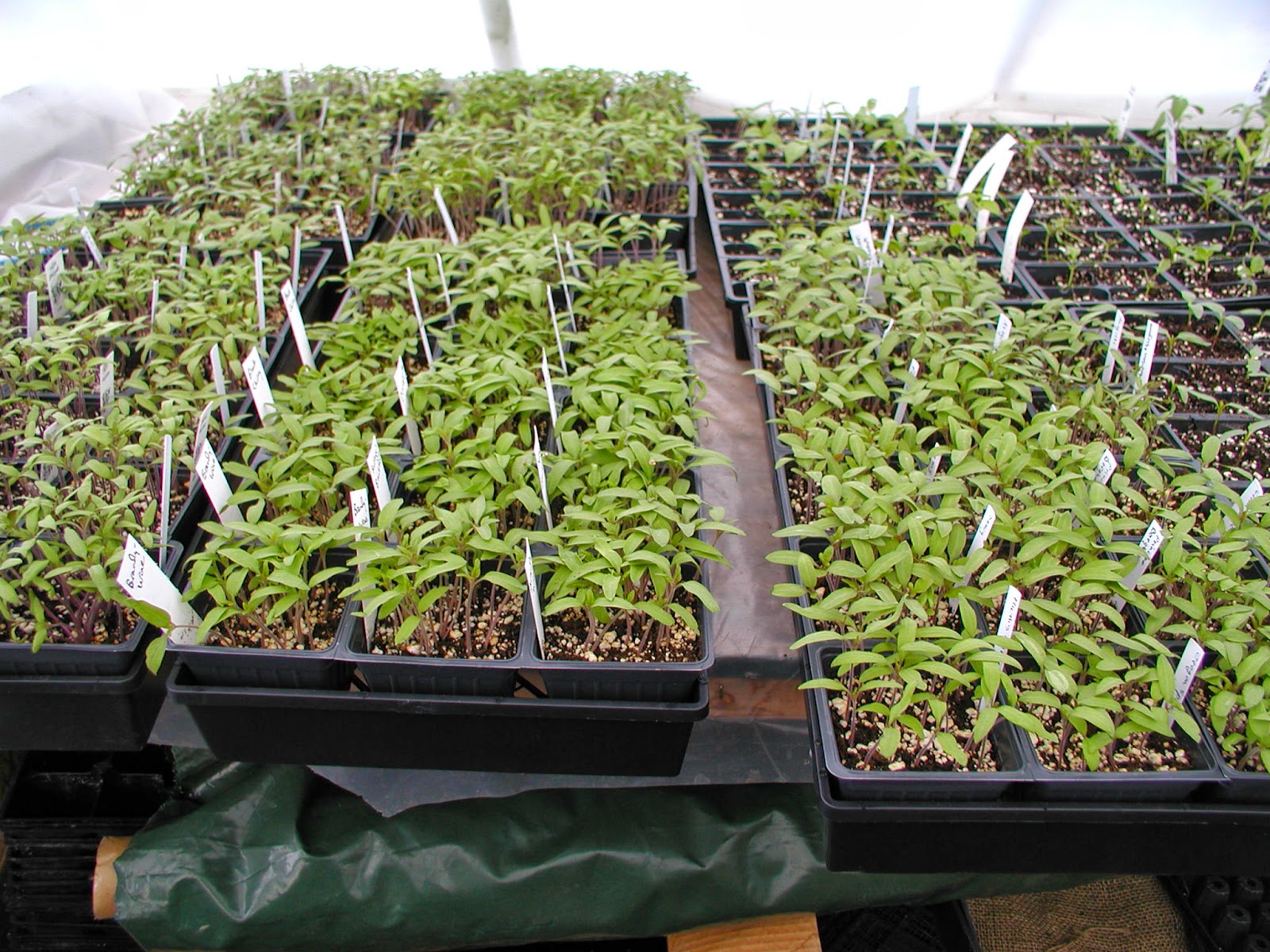The first picture is of Helleborus orientalis. They look pretty beat up but they should show new leaves and flowers about the time tulips are blooming. These are just the leaves that overwintered. When it gets nicer outside I will cut them all off.
Here is a picture of some snowdrops. They were not only under the snow but also under the ground so they're fine. Behind the snowdrops you can see rabbit poop which is everywhere in my back yard. I haven't discovered whatever they were eating yet but they seem to have been well fed.
Here is a picture of an oriental poppy on the left with two clumps of daffodils coming up to the right. These look the way they always do in the spring, just a bit later than usual.
Now the stuff that doesn't look so great.
Here is a Blue Girl holly. The green part, on the bottom, was protected by the snow. The whole thing usually looks like that this time of year. I don't know yet if the top part is dead or just if just the leaves died..
This is a picture of a yew which now has no needles. Behind it is an arborvitae which also looks dead. Both of these plants were added to provide some green over the winter. Not any more.
This is a China Girl holly that looks like it has had it. I was thinking of taking it out anyway since I didn't like how it looked, so no great loss.
This is an Ilex opaca or American holly. It looks like it will survive but will lose all the leaves over the snow line.
Thankfully, not all my evergreen shrubs croaked. Boxwood has the reputation of being a bit miffy but these look great. I think they are Green Velvet but I'm not sure. I always bought the ones that were supposed to be hardy to zone 4 and this winter shows the wisdom of that.
Here is another Ilex opaca. This one is a female, the half dead one is a boy. This looks like it made it through the winter OK.
Lastly, here is a rhododendron on the east side of the house. Except for this one in this spot, I have never had any luck growing these things, but I think this one looks great.
If it is not obvious from their size, all of these shrubs have been in place 10 years or more, so the dieback is from the extreme winter, not from being freshly planted.




















